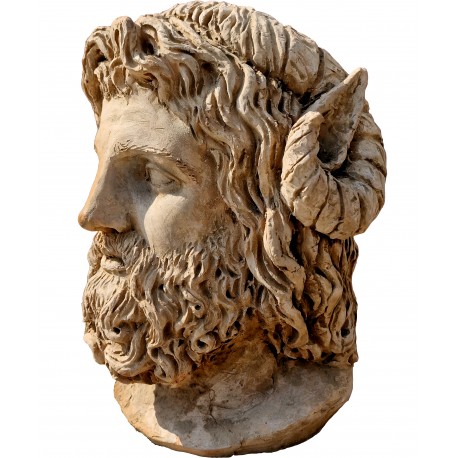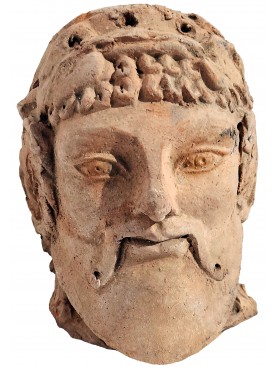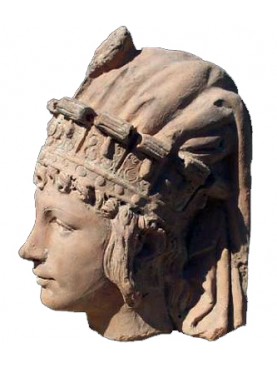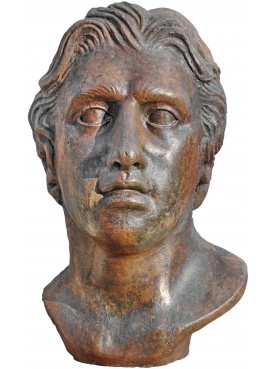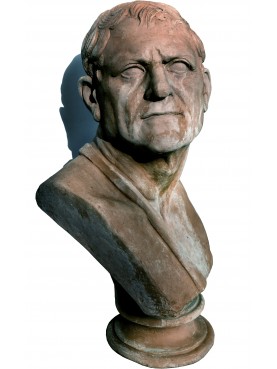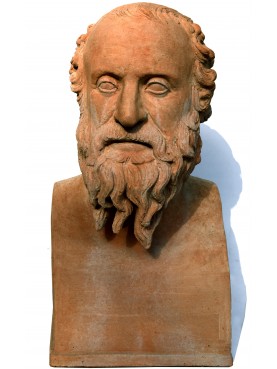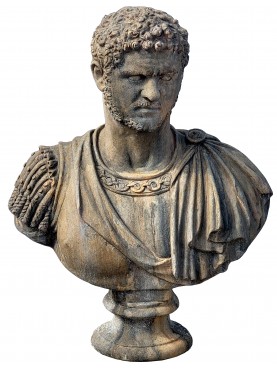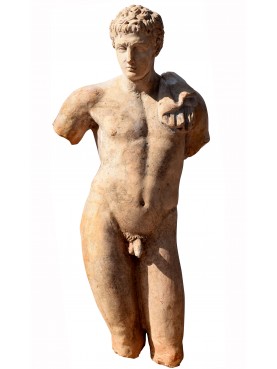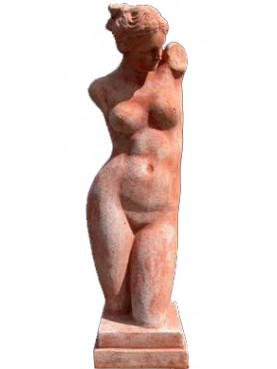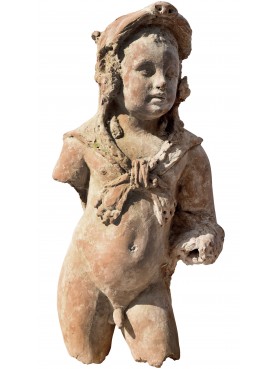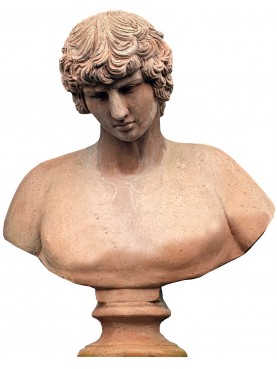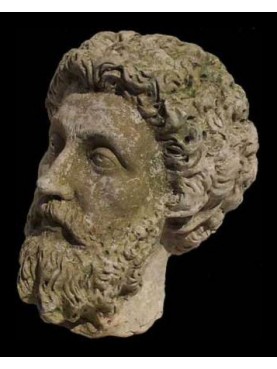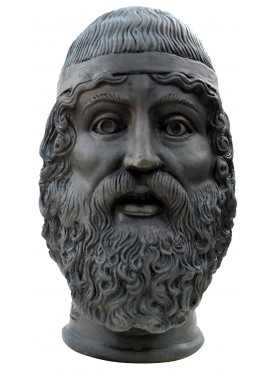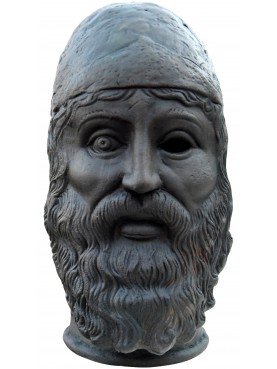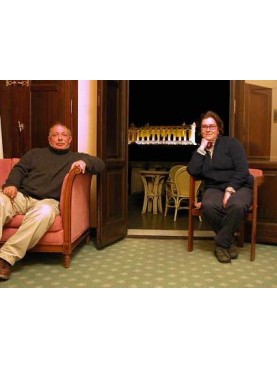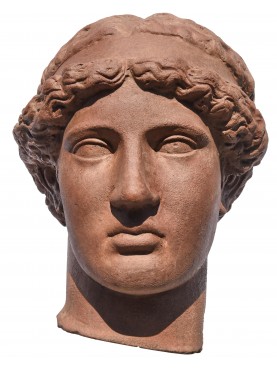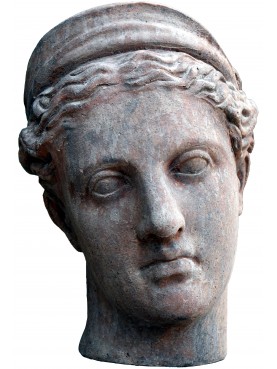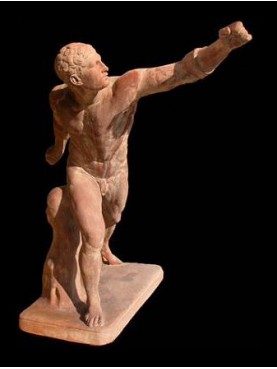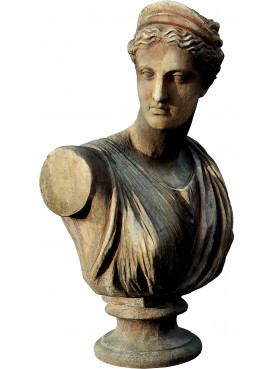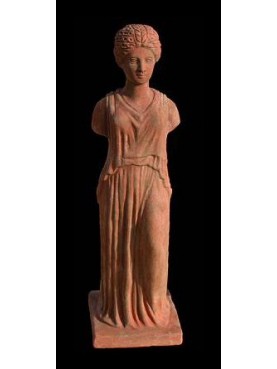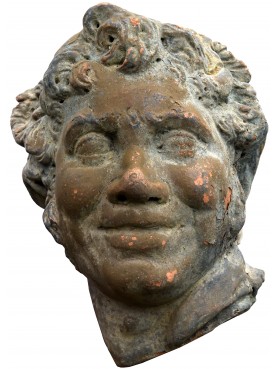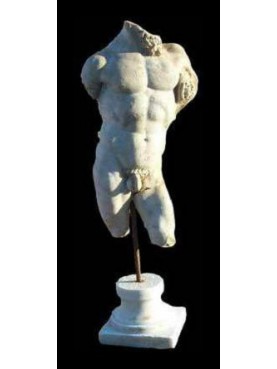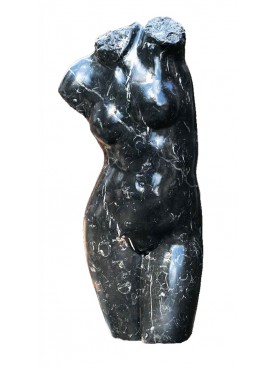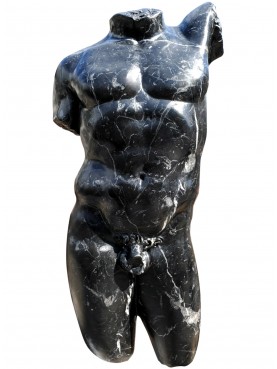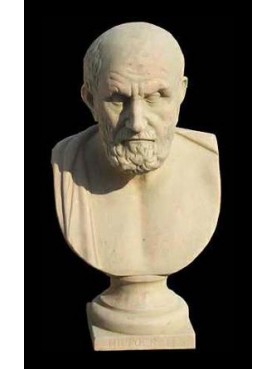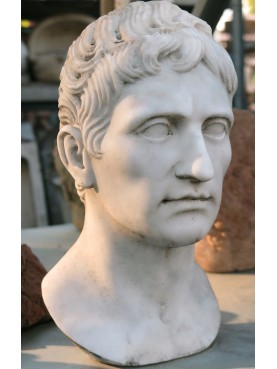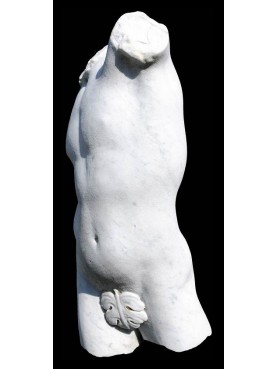Zeus Ammon classical Greco-Roman head
Zeus Ammon classical Greco-Roman head
New
1 Available
Warning: Last item in stock!
Data sheet
| Height | 16.54 in | 42 cm |
| Width | 12.99 in | 33 cm |
| Depth | 11.42 in | 29 cm |
| Weight | 30.86 lbs | 14 Kg |
| Manufacturing | Recuperando srl | |
| Material | Terracotta |
More info
The Oracle of Amun of Siwa Oasis is one of the most famous oracles of antiquity. In classical times Amon, with the name of Ammon, was assimilated to the Greek Zeus. According to Herodotus, the inhabitants of the oasis were the Ammonii.
The Temple of Amun in Siwa is located northwest of the rock of Aghurmi, the ancient capital of the oasis. His oracle played a key role in the conquest of Egypt by Alexander the Great, who went to Siwa to have his power and his reign in Egypt legitimized by the oracle of Amun.
The sanctuary is located at the crossroads of several cultures, including Cyrene, Egypt and the Mediterranean world. For this reason it is difficult to determine the identity of the deity originally honored at Siwa. It is probably a Libyan variant of Amon, honored in the oases in cryocephalic form, i.e. with a ram's head. When the Egyptians took possession of the oasis, they interpreted the divinity as a local variant of their Theban Amun, which could actually be represented in cryocephalic form.
From her Oracle Queen Hatshepsut would have received the divine consecration to access her throne by succeeding her father, Thutmose I, and her husband Thutmose II.
In a strategy of expansion towards the Mediterranean, the XXVI dynasty proceeded with the development and expansion of a temple, probably already built by the Libyan dynasties. Ahmose II is probably the pharaoh who initiated the construction of the temple in the Late Period. Despite the destruction, in 1970, of the houses that hid it, what remains of the Temple of Amun barely lets us imagine its past splendour.
The Greek historian Herodotus reports that in 523 BC. the Persian king Cambyses II, son of Cyrus the Great, wanted to sack with 50,000 men the sacred oracle of Siwa, which prophesied the fall of the king. Before the Persian armada reached its destination, however, it was caught in a sandstorm and was never seen again.
The Macedonian sovereign Alexander the Great would have turned to it for omens about his military campaigns and receiving from the oracle the revelation that he was the son of Zeus-Ammon, and therefore the confirmation of his divine mission to found a universal empire. After conquering Egypt and assuming his role as pharaoh by sacrificing to Re at Heliopolis and to Apis at the temple of Ptah in Memphis, Alexander the Great traveled with his retinue across the desert to Siwa. Alexander was accompanied by, among others, Callisthenes of Olynthus, whose tradition later served as a source for the three historians Strabo, Diodorus (both 1st century BC), and Plutarch (1st century). In addition to Alexander's consultation, which crystallized the oracle and its god within the narrative traditions around the charismatic figure of Alexander, the oracle was previously consulted by great political figures of the Greek world, such as the Athenian general Cimon , the Spartan Lysander and Alcibiades. The multicultural and marginal character of this oracle, compared to continental sanctuaries such as Delphi, subject to great political pressure, has meant that it was called into question in strategies of cultural mediation, and at the same time used as an anti-Persian model, since , according to tradition, Cambyses undertook to destroy the oracle during his domination of Egypt. It is also in this perspective that Alexander and the Greek-Macedonian elite used the message promulgated by the oracle, in an anti-Persian key, to legitimize Egypt's alliance in the war that the conqueror was waging against the great king.
After Alexander, the oracle would again be consulted by the conqueror regarding heroic and divine honors for the deceased Hephaestion and later by the Rhodians to honor Ptolemy I after having assisted him during the siege of Rhodes in 305. , the oracle was no longer the object of important visits and did not undergo further developments, a surprising fact if we know how much a role it played in the construction of the figure of Alexander. Strabo even attests, in the first century BC, the decline of the religious importance of the oracle in the Hellenistic world.

